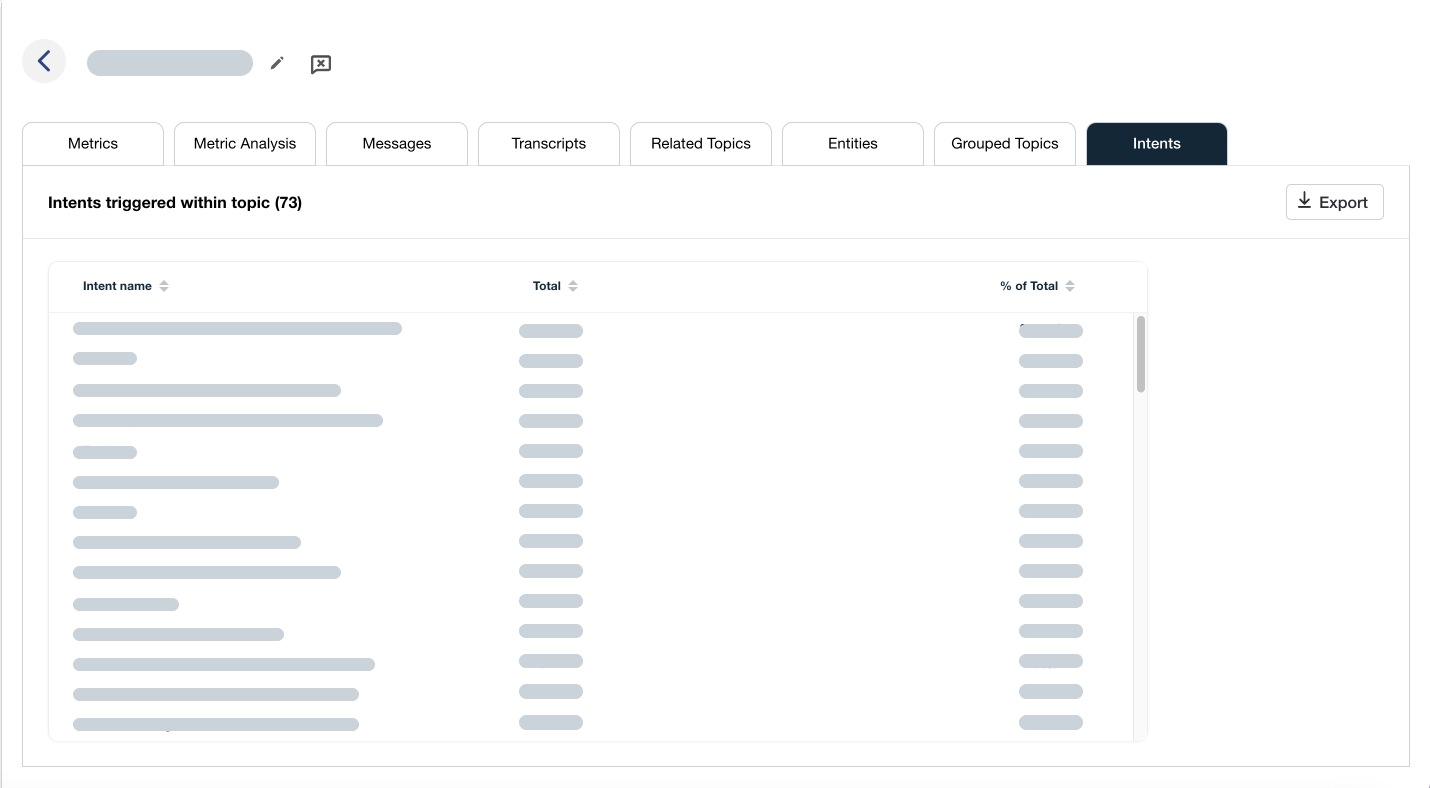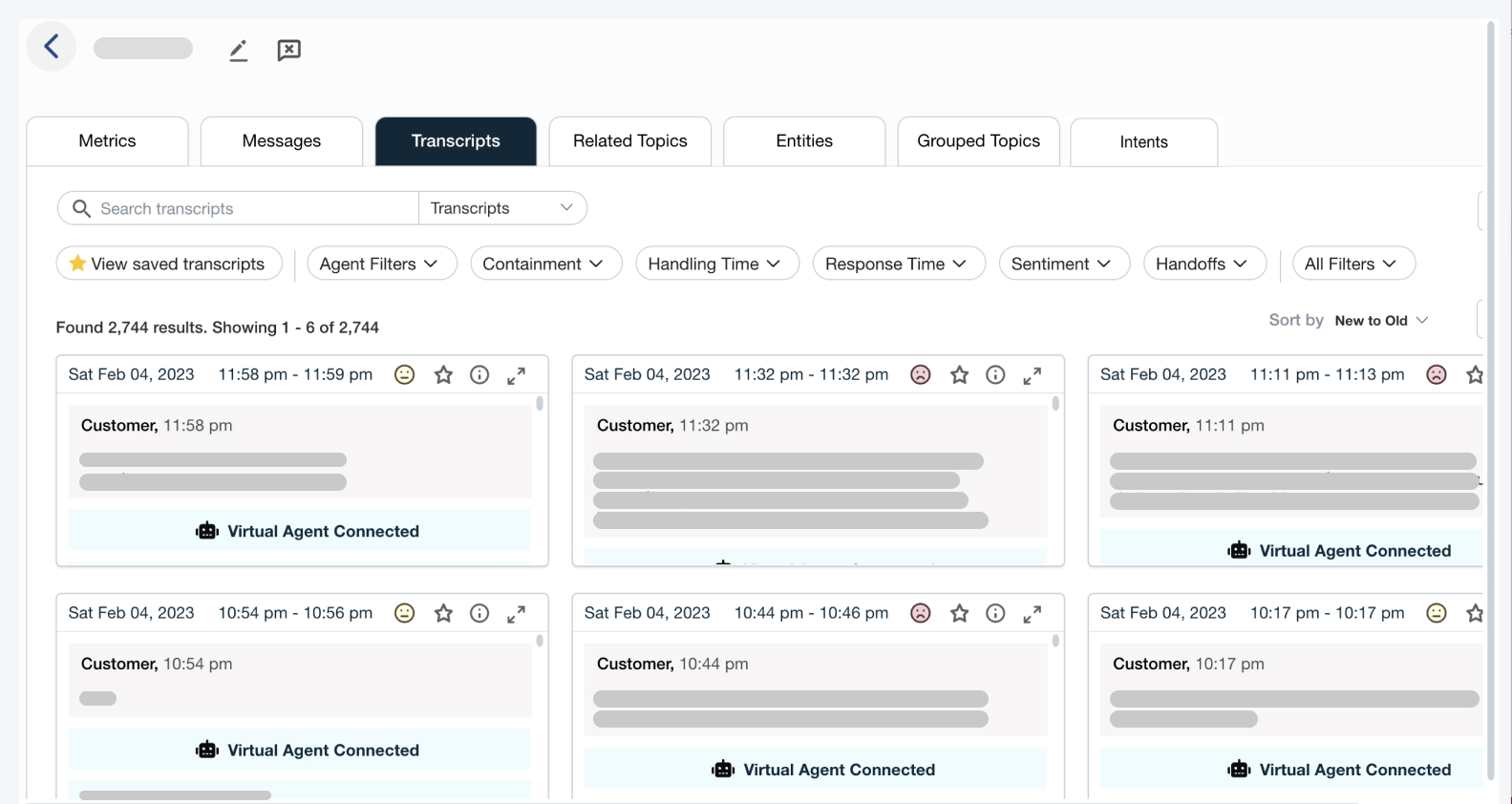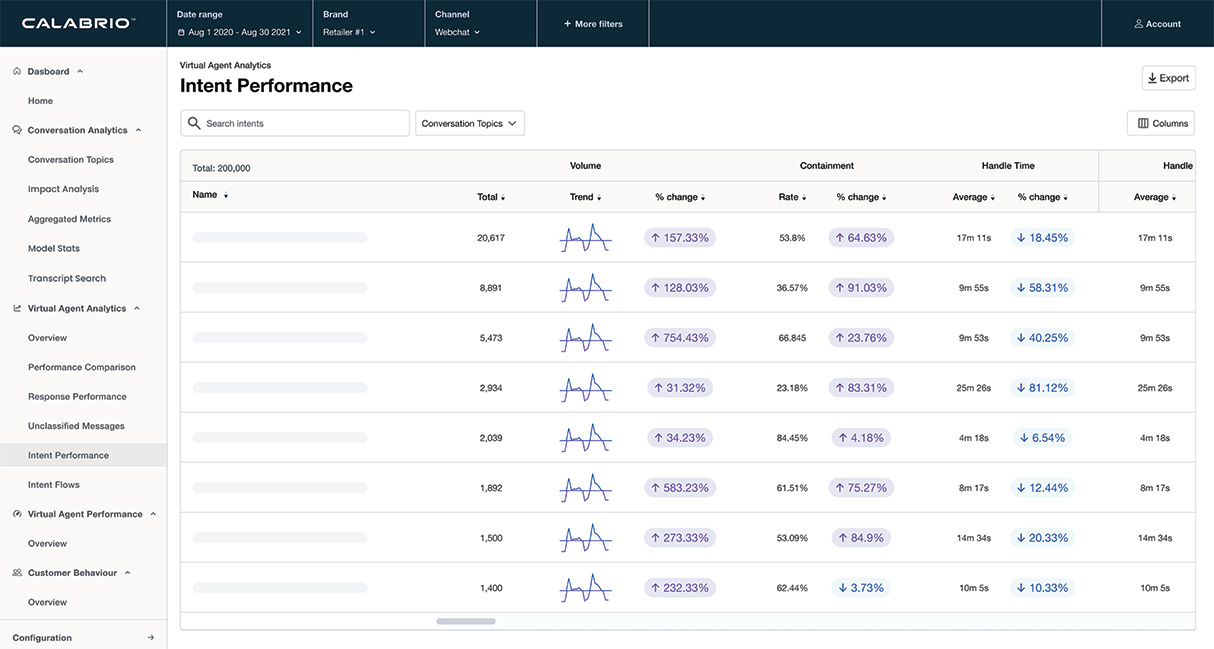CMO, meet your new best friend: The contact center

Today’s chief marketing officers (CMO) are familiar with outbound and inbound marketing tactics—they promote their wares at trade shows and advertise with multiple media outlets, and generate inbound leads via content marketing and social media. They understand that outbound and inbound marketing is a balance, and organizations benefit from the customer interaction each provides.
Contact centers also provide channels for inbound and outbound customer interactions, yet many marketing departments don’t consider them part of their voice-of-the-customer (VoC) mix. They spend hard-earned resources on surveys, focus groups and other outbound customer feedback channels without realizing that this very same data lives a few doors down in their very own contact center.
How Marketing Can Take Advantage of the Contact Center to Improve CX
It’s time to widen the VoC lens. For CMOs, here are five reasons the contact center should be marketing’s new best friend.
1. Use customer interactions to build your FAQ
What questions do your customers have about a company’s products? What needs do they hope the product will satisfy? What frustrates them about the product? How did they find it? The answers to each of these questions are a marketer’s gold mine, and the contact center uncovers this information every day. Working with the contact center to learn what calls, emails, texts, chats, etc. they receive over and over again can give marketers the information they need to focus their messaging and address top concerns proactively, across channels.
2. Access the top-notch data storage of VoC Insights
When you place a call to a contact center, you are often told, “This call may be recorded.” For marketers, it means they’ve hit the jackpot.
A trove of customer insights, questions and statistical data can be pulled from these recordings, and it’s just waiting to be analyzed and distributed to the departments where it can make an impact. And best of all, it’s free; no costly surveys or additional marketing expense required.
3. Reference for ideas about topics for future content marketing efforts
Whether your content marketing efforts are focused around blogging, or you’re whitepapers and infographics, the customer interactions that take place in the contact center make up a valuable resource for future content marketing topics. Canvass contact center data for real-life customer scenarios and look for situations that arise repeatedly, as these problems can be addressed early in a buyer’s or customer’s lifecycle through content marketing.
4. Manage customer expectations
Overly enthusiastic marketers may be tempted to promise the world; after all, we believe in the products we market. However, if the product fails to deliver on those promises, customers are apt to respond negatively. The contact center can help marketing manage its messaging by providing timely customer feedback, and letting marketing know when a product and its promises do not mesh. It’s useful data, and a little restraint on the front end can lead to a more genuine, trustworthy customer experience on the back end.
5. Create one unified messaging front
Marketing messages drive interest and discussion, but when customers have questions about what they’ve seen or read, invariably they will reach out to the contact center to learn more. Work with the contact center team to provide it with the information and language the team needs to answer questions related to marketing campaigns—it’s a win-win and the contact center will more fully support the marketing team and its message. The exchanges may also allow marketers to glean information that helps design future campaigns and promotions.
Making connections with the contact center can lead to huge wins for the CMO. The whole organization can benefit from taking the time to listen to the voice of the customer via the contact center. Learn how to transform your contact center into a customer intelligence hub.









